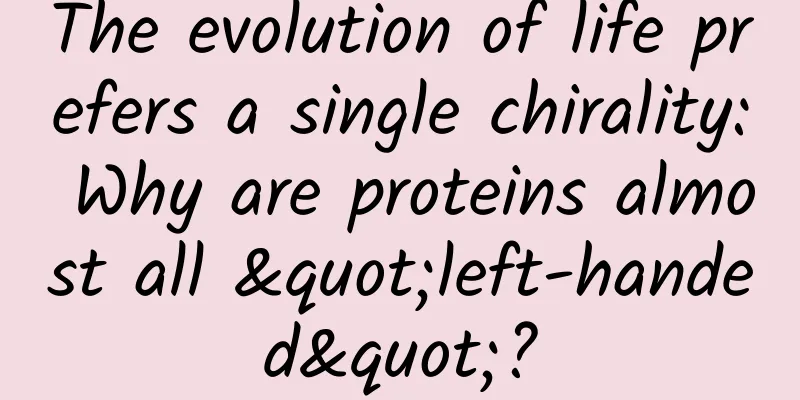A 'hidden' symmetry found in watermelon could open up new avenues for metamaterial design

|
When you tap a watermelon to see if it's ripe, you're using sound waves to probe the structure of the material inside. University of Chicago physicists used the same concept to explore how sound waves travel through patterned structures and discovered something strange: completely different structures sound the same. It's a surprising thing, a bit like tapping a melon and a pineapple and finding that they make the same sound. "What excites us is that we can't explain the discovery using existing concepts, such as spatial symmetry," said Vincenzo Vitelli, professor of physics at the James Franck Institute. What the research team discovered was a duality, a "hidden" symmetry that ties apparently unrelated systems together. Their findings, published in the journal Nature, may one day help design metamaterials or even micro-devices that process information encoded in sound waves. Over the years, physics has established a framework that can predict the properties of an object based on its spatial symmetry. "Look at the plastic model of the methane molecule," said Michel Fruchart, a postdoctoral researcher and first author. "Its hydrogen atoms form a regular tetrahedron." This can tell you a lot about how a molecule vibrates. Again, the Lego model helped the researchers discover dualities. What if these dualities could be exploited to give a material properties it wouldn't otherwise have? Over the past few years, there has been a lot of interest in a field called metamaterials. These are artificial structures designed to have properties not normally expected in nature. For example, a lot of thought has been put into implementing "invisibility cloaks" using composite materials that bend incoming light around by virtue of their internal geometry. The researchers envision using this method to take a particle, such as a phonon (essentially a particle of heat) and give it properties it doesn't normally have. Electrons have a property called "spin," which is used as the basis for some of the latest high-tech electronics. Phonons don't have spin, but if scientists can shape the structure of materials to give phonons a "pseudo-spin," it could be possible to use them in phononic devices -- similar to electronics but with different capabilities, such as thermal control. By moving phonons around, one could manipulate the information stored in their pseudo-spins. The researchers call this concept "mechanical spintronics." The scientists say they hope duality will prove as important as current symmetries in designing metamaterials. The approach also works for other waves, not just phonons, such as light waves and matter waves. Duality is a mathematical mapping that reveals connections between seemingly unrelated systems in almost every branch of physics. A system that is mapped onto itself via a duality transformation is called self-dual and displays remarkable properties, as exemplified by the scale invariance of Ising magnets at critical points. This study shows how duality can enforce the symmetry of the dynamical matrix (or Hamiltonian), thereby enabling the design of metamaterials with emergent properties that can escape analysis from standard group theory. As an illustration, the researchers consider twisted Kagome lattices, which are reconfigurable mechanical structures that change shape through a collapse mechanism. The study observed a pair of different configurations along this structure that displayed the same vibrational spectrum and associated elastic modulus. It was also demonstrated that these puzzling properties arise from the duality between the pair of configurations on either side of a mechanical critical point. The critical point corresponds to a self-dual structure with isotropic elasticity, even in the absence of spatial symmetry and a doubly degenerate spectrum in the entire Brillouin zone. The spectral degeneracy originates from a version of Kramers' theorem, where fermionic time-reversal invariance is replaced by a hidden symmetry that emerges at the self-dual point. The normal modes of the self-dual system exhibit non-Abelian geometric phases that affect the semiclassical propagation of the wave packet, leading to a non-commutative mechanical response. The results offer promise for full computational and mechanical spintronics by enabling instant manipulation of synthetic spins carried by phonons. Bokeyuan|www.bokeyuan.net Boco Garden | Research/From: University of Chicago Reference journal Nature DOI: 10.1038/s41586-020-1932-6 BoKeYuan|Science, technology, research, popular science Follow [Bokeyuan] to see more beautiful cosmic science |
<<: Natural fibers: used to weave cloth in ancient times and now used to make cars
Recommend
National Retail Federation: 2023 U.S. Holiday Shopping Report
According to the latest consumer survey, American...
People who don't like to open windows are more likely to have brain atrophy?! These 5 things we do every day are actually very harmful to our brains
There is a saying on the Internet: "People w...
Will fast charging damage the battery? Avoid misunderstandings and learn to charge scientifically →
In today's fast-paced urban life, many people...
What is the medicinal value of wild earthworms?
Earthworms, also known as earthworms, are both wi...
Application and compatibility of Schisandra chinensis
Schisandra chinensis is one of the most common Ch...
Detailed description of the efficacy and effects of Fuling
Fuling and shiitake mushrooms are similar, both b...
Effects and functions of Oxytropis falcatus
The traditional Chinese medicine Oxytropis falcif...
Machine Learning: Finding the Needle in a Haystack
Fast radio bursts (FRBs) are a type of supernorma...
Have you ever seen this "colorful black" dinosaur?
Your browser does not support the video tag At fi...
Hitwise: Ranking of Brazilian travel websites as of the week of May 12, 2012
Hitwise: Ranking of Brazilian travel websites for...
I am lactose intolerant to milk, so what about oat milk?
Milk is a drink called white blood. As a natural ...
Neolithic "Meteor Hammer" Discovered!
Recently, Chen Zuhua, a citizen of Nanchang City,...
What are the effects of onion flowers?
Mountain onions are widely distributed in various...
Can "misdiagnosis" also harm your health? The "disease perception" in "Zhou Chu Eliminates Three Evils" really exists!
"Zhou Chu Eliminates Three Evils" is a ...
Shocking! Secrets to "fighting monsters" in the digital age: There are so many "little monsters" hidden in network security
In this digital age, the Internet is like an invi...









